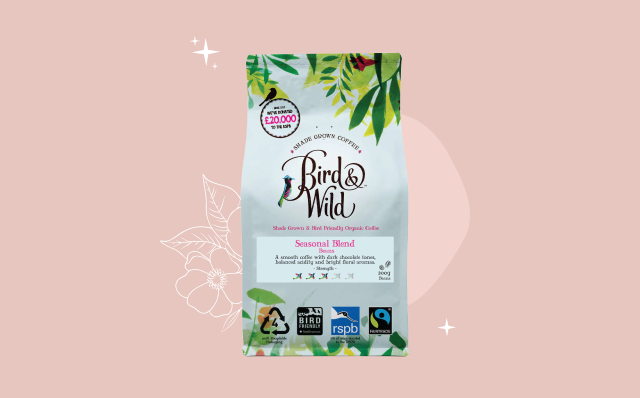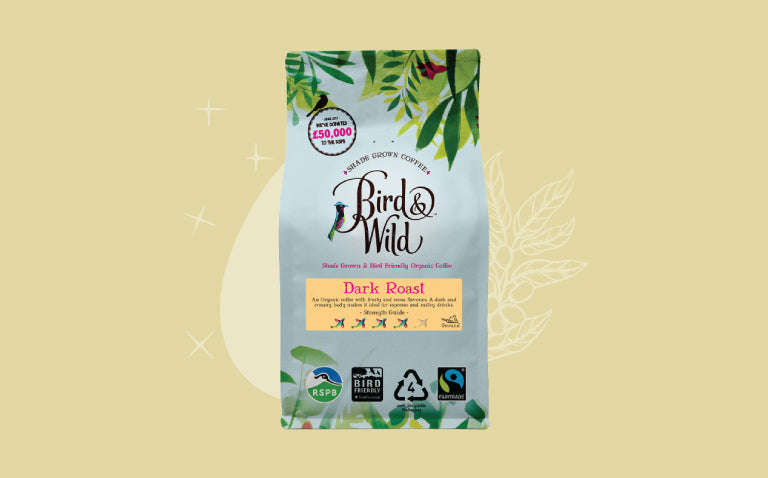Scientists points to why shade grown coffee tastes better than sun grown coffee
A recent study published in Scientific Reports paper (15, Article number: 19387 (2025)) has unveiled a fascinating link between the microscopic world beneath our feet and the rich flavours in our coffee cups.
Researchers have discovered that the bacterial communities present in coffee farm soils and on coffee cherries can significantly influence the taste profile of the final brew.
What did the study entail?
Conducted across 22 coffee farms in Cundinamarca, Colombia, the research team collected 320 soil and 320 coffee cherry samples. These farms varied in their cultivation practices—some employed shade-grown methods, while others were sun-grown—and in the flavour profiles of their coffee, ranging from standard to specialty grades.
Using advanced DNA sequencing techniques, the scientists analysed the bacterial communities within these samples. They observed distinct differences in microbial compositions between shade and sun farms, as well as between farms producing specialty versus standard-flavoured coffees. Notably, shade-grown farms yielding specialty coffee exhibited particularly unique bacterial profiles.
What were the study’s findings?
Certain bacterial strains in both soil and on coffee cherries were found to correlate with the presence of desirable flavour notes in the coffee.
The type of cultivation—shade versus sun-grown—affected the bacterial communities, suggesting that farming practices play a role in shaping the microbial environment and, consequently, the coffee's flavour.
The relationship between specific bacteria and coffee flavour varied depending on the farming system, indicating a complex interplay between microbes, agricultural methods, and flavour outcomes.
This study highlights the potential of leveraging microbial communities to enhance coffee quality. By understanding and possibly manipulating the bacterial ecosystems in coffee farms, producers might develop strategies to consistently produce high-quality, flavourful beans.
However, the researchers caution that these microbial influences are intricate and influenced by various factors, including local environmental conditions and specific farming practices. Therefore, any interventions aimed at optimising microbial communities for better flavour should be tailored to individual farm contexts.
The discovery that microscopic organisms can influence the macroscopic experience of coffee tasting opens new avenues for research and innovation in coffee agriculture. As the specialty coffee market continues to grow, understanding the role of microbes could be key to unlocking new flavour potentials and achieving greater consistency in coffee quality.



Leave a comment
This site is protected by hCaptcha and the hCaptcha Privacy Policy and Terms of Service apply.